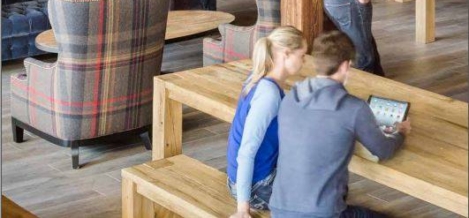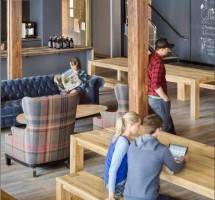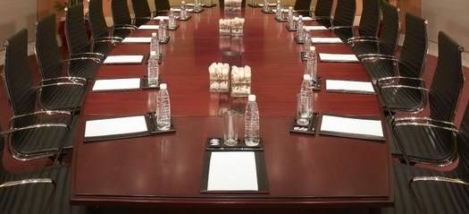October 18, 2016
The global uberification of commercial property and the workplace 0
 Technology doesn’t just transform the world, it reshapes our language. So, we all need to get used to the word uberification as well as the idea of it. Based on the success of the on demand taxi service Uber, the word refers to the way a product or service becomes available to customers on demand via the Internet. Customers book a service only at the point of consumption. This represents an entirely new commercial model and is the defining characteristic of the new 21st Century economy. Uber may have provided the tipping point, going from start up to market valuation of $66 billion in just 7 years, but its success has given us a name for a process that is reshaping businesses and customer experiences across the entire economy, including in the commercial property sector.
Technology doesn’t just transform the world, it reshapes our language. So, we all need to get used to the word uberification as well as the idea of it. Based on the success of the on demand taxi service Uber, the word refers to the way a product or service becomes available to customers on demand via the Internet. Customers book a service only at the point of consumption. This represents an entirely new commercial model and is the defining characteristic of the new 21st Century economy. Uber may have provided the tipping point, going from start up to market valuation of $66 billion in just 7 years, but its success has given us a name for a process that is reshaping businesses and customer experiences across the entire economy, including in the commercial property sector.




































October 7, 2016
Are we seeing the workification of home or the homification of work? 0
by Anna King • Comment, Flexible working, Workplace design
More →